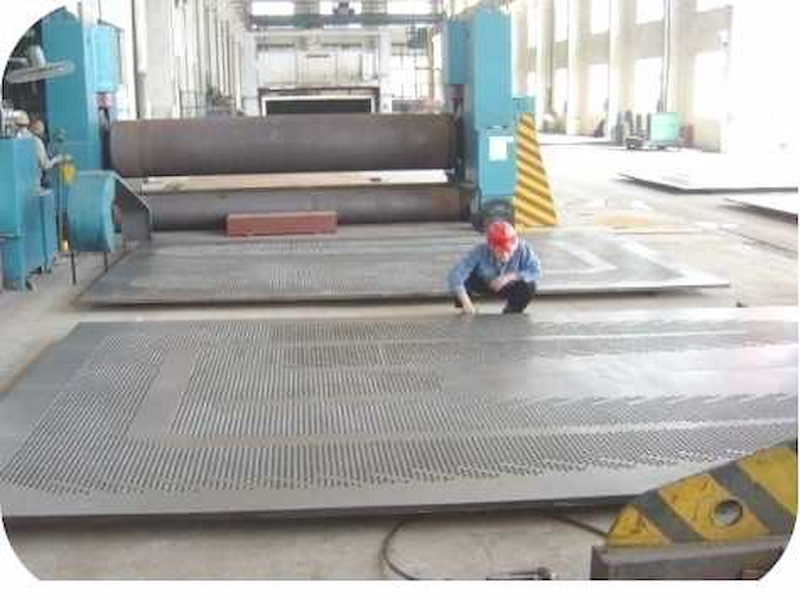Multilayer explosion bonded clad plates, High-performance metal composites combining the strength of base metals with the corrosion resistance of cladding layers.
Our multilayer explosion bonded clad plates are engineered through controlled detonation processes that create metallurgical bonds between dissimilar metals. This innovative technology combines the structural strength of base metals (like carbon steel) with the corrosion/erosion resistance of cladding materials (like titanium, stainless steel, or nickel alloys).
Base Material :
Satinless steel, Steel, NickelClad Material :
TitaniumBase Thickness :
from 8mm to 400mmClad Thickness :
from 2mm to 16mmClad Plate Total Width :
up to 4200mmClad Plate Total Length :
up to 14300mm
3 layer Multiply layer Clad Plate

Our explosive bonding process begins with a careful surface treatment of the base material and the composite metal. The controlled explosion creates a high-speed collision that forms a metallurgical bond without compromising the properties of any of the metals.
Each clad plates undergoes rigorous non-destructive testing, including ultrasonic flaw detection, to ensure bond integrity. We guarantee full traceability from raw material to finished product.
Certifications: ASME SB898, ASTM B898, EN 10088
Thickness control: according nominal thickness
Operating temperature range: -50°C to +550°C (depending on material)
Multi Layer Composite Plate Applications
The unique properties of composite metals, when combined with a variety of cladding and backing materials, make them ideal for many demanding industries. They are commonly used in the chemical and petroleum processing industries, defence, paper and pulp production, and food processing.
Typical applications include pressure vessels, reactors, boilers, static process units, steam vessels and cryogenic transition plates.
Composite Plates Manufacturing
Composite plates can be formed into a variety of shapes, giving designers the freedom to produce customised products for a wide range of applications.
Forming: Composites are suitable for most manufacturing methods, including shearing, plasma cutting, drawing, bending, thermoforming, machining, drilling and punching.
Welding: To fuse composites, the substrate is typically first welded using a suitable filler material. The composite side is then welded using a welding rod or filler metal that is suitable for that surface.
Friendly Link :
diyiye.com
Copyright @ 2025 Nanjing Baotai Special Materials Co., Ltd. All Rights Reserved.  Network Supported
Network Supported